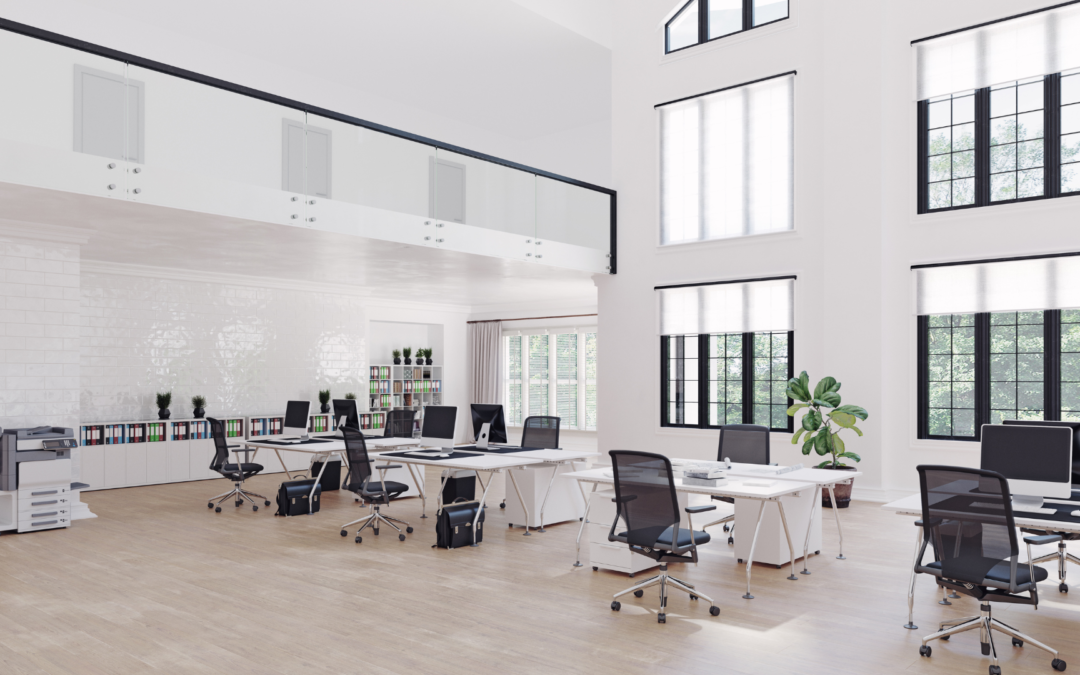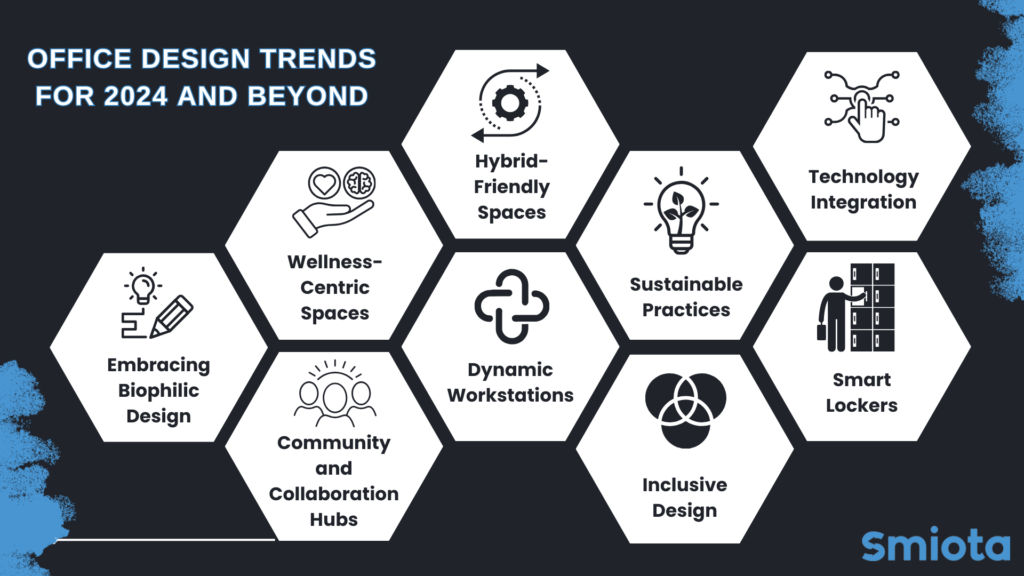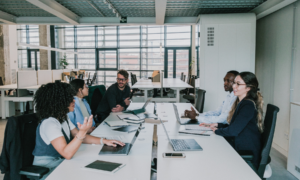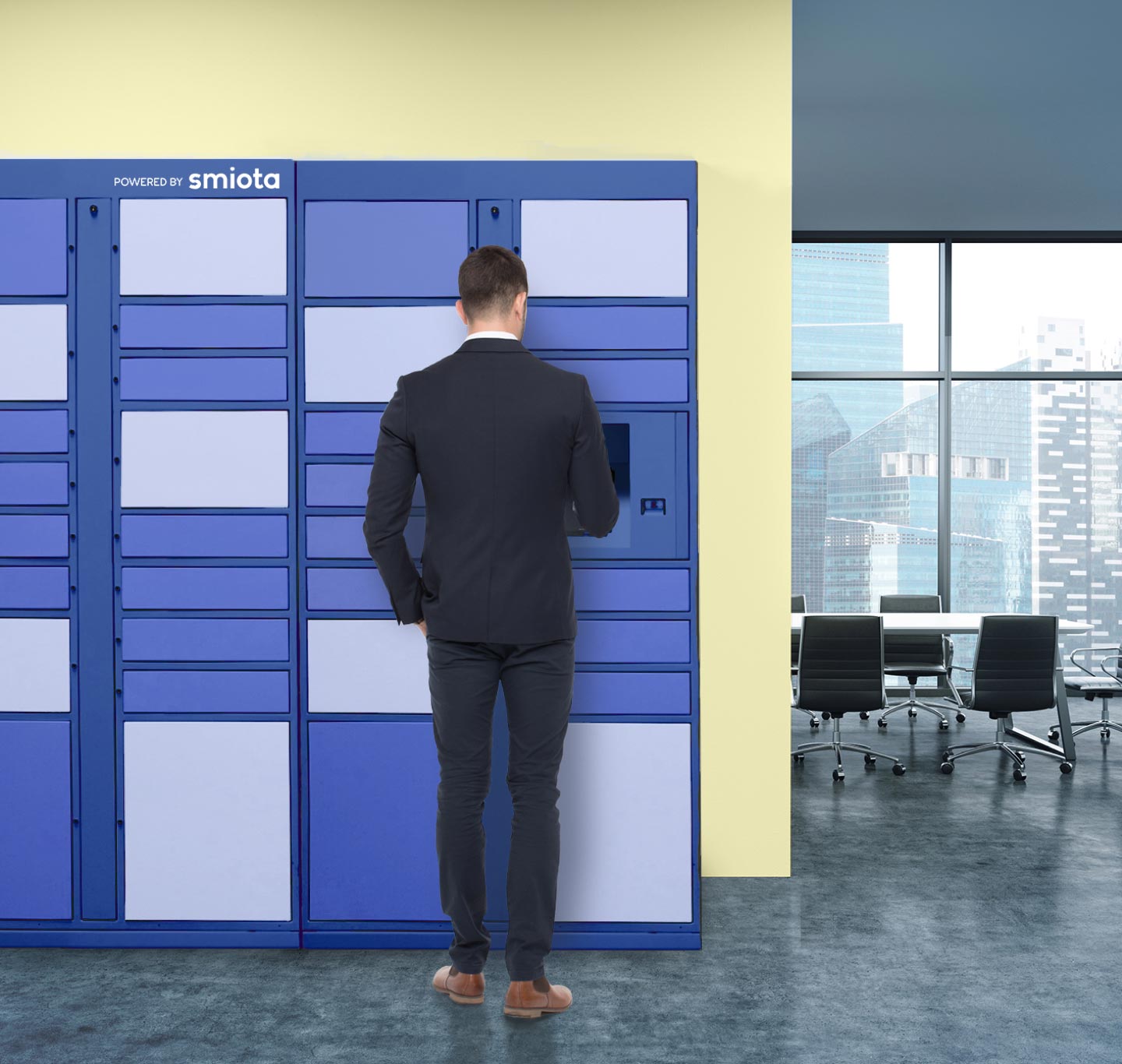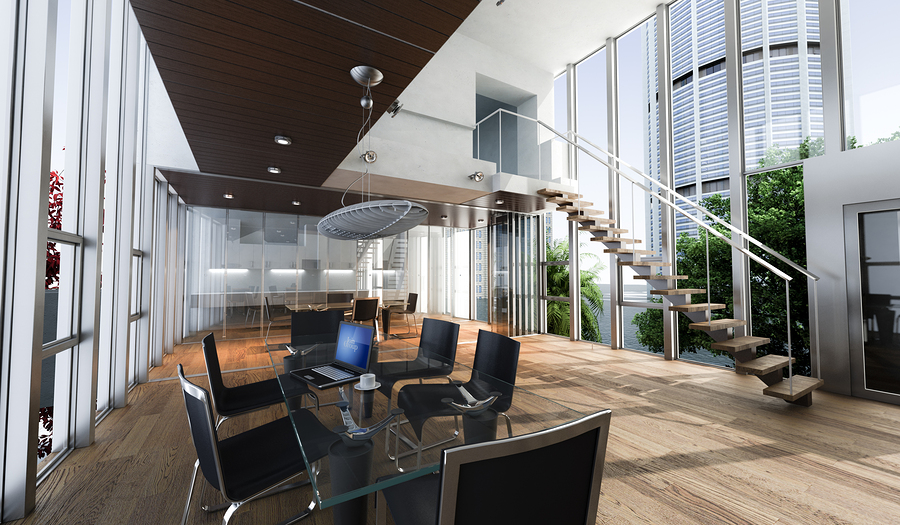The landscape of office design has gone through a dramatic journey, especially after the global pandemic. As companies navigate the ‘return to office’ scenario amidst a prevalent hybrid work environment, the need for innovative and adaptive office designs has never been more critical. This shift isn’t just about aesthetics; it’s about fostering an environment that aligns with the evolving needs of a modern workforce. Whether you’re planning a new office setup or considering a redesign, the insights into the latest office design trends provided here will guide you through the nuances of creating a space that is both functional and inspiring. We will explore how these trends can enhance productivity, employee well-being, and overall office dynamics, from smart technology integration to flexible workspaces.
Office Design Trends for 2024 and Beyond
This era marks a departure from traditional layouts as workplaces transform into dynamic, adaptive environments prioritizing employee well-being and productivity. Below are some of the most innovative and influential modern office designs shaping our workspaces’ future.
Embracing Biophilic Design: Bringing the Outdoors In
Biophilic design is more than a trend; it’s necessary in today’s office environments. It involves incorporating elements of nature into the workplace to create a more organic and serene atmosphere. Think living green walls, natural light, wooden textures, and indoor water features. Biophilic designs have been shown to reduce stress, enhance creativity, and improve overall well-being.
Wellness-Centric Spaces: Prioritizing Employee Health
In modern office design, employee well-being takes center stage. This is reflected in creating wellness zones equipped with fitness equipment, meditation spaces, and areas designated for relaxation. Additionally, ergonomic furniture and standing desks are increasingly standard to encourage physical health.
Community and Collaboration Hubs: Encouraging Interaction
Offices are evolving to cultivate community and collaboration. This shift is evident in the communal spaces such as cafeterias, game rooms, and open lounges. These areas are designed to promote interaction, facilitate informal meetings, and strengthen team dynamics.
Hybrid-Friendly Spaces: Adapting to the New Normal
The hybrid work model has redefined office space requirements. Hybrid-friendly spaces are designed to support both in-person and remote team members seamlessly. These spaces include technology-enabled meeting rooms for virtual collaboration, quiet zones for focused work, and communal areas for in-person interactions. The goal is to create a work environment that supports flexibility and inclusivity for all working styles.
Dynamic Workstations: The End of One-Size-Fits-All
Gone are the days of rigid, one-size-fits-all workstations. The future is about dynamic workstations that can be easily adjusted to suit individual needs. Think adjustable desks, ergonomic chairs, and modular furniture that can be reconfigured for different tasks. This trend is about allowing employees to choose how and where they work best within the office.
Sustainable Practices: Eco-Friendly and Ethical Choices
Sustainability is a critical component of modern office design. This trend focuses on using eco-friendly materials, energy-efficient lighting, and waste-reduction strategies. It’s about creating a space that looks good and aligns with ethical and environmental responsibilities.
Inclusive Design: Designing for Everyone
Inclusive design ensures that office spaces are accessible and comfortable for everyone, regardless of ability or background. This includes wheelchair-accessible entrances, gender-neutral restrooms, and spaces catering to sensory needs. An inclusive office is a company’s commitment to diversity and equality.
Technology Integration: The Smart Office
Technology integration is pivotal in modern office designs. From high-speed internet and wireless charging stations to advanced security systems and AI-driven climate control, technology enhances the functionality and efficiency of the workplace. It’s about creating a connected and smart environment that supports the digital needs of today’s workforce.
Smart Lockers: Revolutionizing Office Storage and Workflow
Smart lockers are a game-changer in office design, offering both aesthetic appeal and functional benefits. These digital or automated lockers streamline the workflow by providing secure, accessible storage solutions. They are especially beneficial in hybrid work environments where employees may not have permanent desks.
As we explore the innovative landscapes of modern office designs, marked by open spaces, ergonomic furniture, and collaborative work areas, we must acknowledge how technology seamlessly integrates into these environments. A key trend that exemplifies this integration is the rise of smart locker solutions in office design.
The Rise of Smart Lockers in Office Design
The shift towards intelligent, user-friendly amenities is a defining feature of office design trends for 2024 and beyond, symbolizing the blend of functionality and innovation in the modern workspace. Smart lockers, like those offered by Smiota, are not merely storage units; they are sophisticated additions that align with modern office design trends, offering customizations to blend with the office’s overall design.
Aesthetic Integration
The design of an office speaks volumes about a company’s culture and values. Smart lockers can be customized to match a brand’s colors and preferred materials, ensuring they blend seamlessly with the office’s overall aesthetic. This customization allows companies to maintain a cohesive look throughout their workspace, reinforcing their brand identity visually.
Imagine a lobby where sleek, branded lockers stand, not as an afterthought but as a harmonious part of the design. They can be integrated into walls, acting as functional art, or stand alone as a statement piece that captures the essence of the company’s style. The flexibility in design and material choices ensures that these lockers can complement any office décor, from minimalist modern to classic corporate.
Enhanced Functionality
The functionality of smart lockers extends far beyond traditional storage. They are digital or automated locking systems that streamline the workflow. Employees can securely store personal belongings and documents or even receive deliveries without manual distribution. This system eliminates the need for a dedicated staff to manage locker assignments or handle parcel deliveries, freeing up valuable human resources for more critical tasks.
In a dynamic office environment, where flexible seating arrangements and hot-desking are commonplace, smart lockers provide a personal space for employees who may not have a fixed desk. This flexibility is essential in today’s evolving workplace, where the traditional concepts of assigned seating are rapidly changing.
Smoother Workflow
The digital nature of these lockers also means integration with existing office systems is simpler and more efficient. For instance, they can be linked to the company’s internal network, allowing remote management and monitoring. Employees can access their lockers through a smartphone app or employee badge, making the process seamless and secure. This ease of access ensures that the flow of work is uninterrupted, enhancing overall productivity.
Moreover, smart lockers play a pivotal role in managing the flow of goods and information within the office. These lockers offer a secure and traceable storage solution for businesses that frequently handle sensitive documents or high-value items. Tracking who accessed the locker and when adds a layer of security and accountability that traditional lockers cannot provide.
Conclusion
As we look towards 2024 and beyond, it’s clear that office design is not just about creating a physical space but crafting an experience that resonates with the evolving needs of employees and businesses. These emerging trends reflect a deeper understanding of how our work environments impact productivity, well-being, and corporate culture. The integration of smart technologies like Smiota’s customizable lockers will be vital in creating aesthetically pleasing workspaces that are also highly functional. Businesses can create visually appealing spaces highly conducive to the diverse and dynamic nature of modern work life. The smart office of 2024 is where technology and design converge to create an efficient and inspiring workspace.

